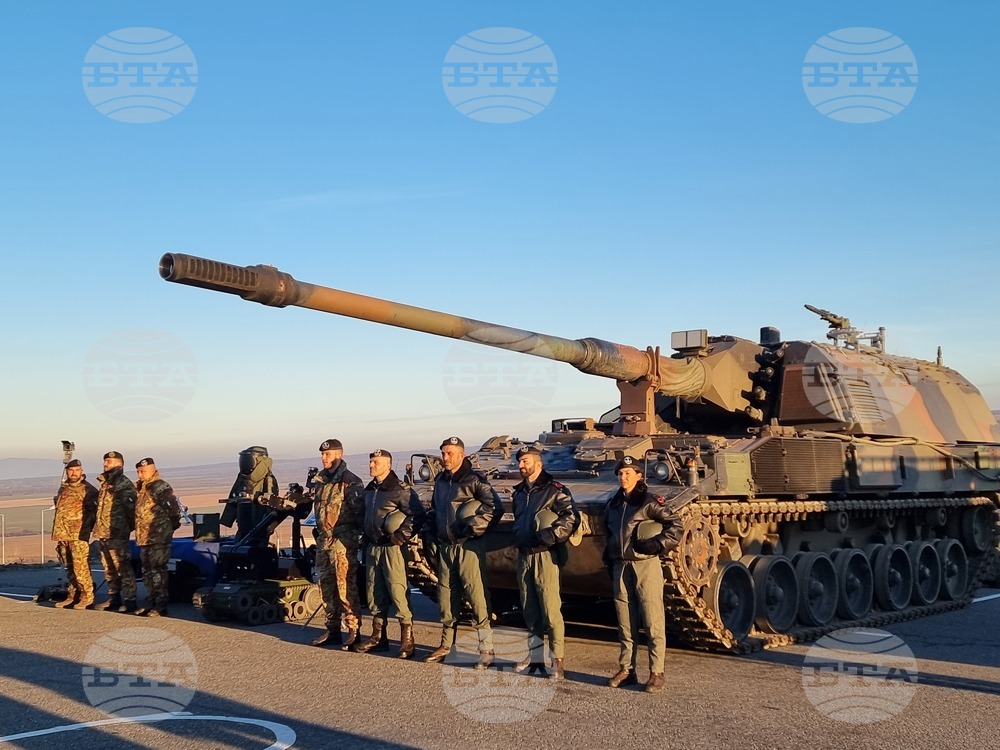site.btaChronic Underfunding of Armed Forces Won't Be Eliminated even with 2.5% Defence Spending - Report


The chronic underfunding of the Bulgarian Armed Forces in the past 30 years won't be eliminated even if defence spending increases to 2.5% of GDP in the 2026-32 period, and the available resources for capital expenses won't be enough for a thorough modernization of the Armed Forces, according to a report on the implementation of the defence investment programme until 2032. The document is published on the Government's website.
Most of the aging equipment in service from the Warsaw Pact era, including combat aircraft and surface-to-air missile systems, has already become unfit for use due to the expiration of its service life, lack of spare parts, and the inability to maintain it, the report says. At the moment, it is impossible to attain the modernization and rearmament targets set in the defence investment programme - other than the priority investment projects - through the reallocation of interoperable weapons and equipment from modernizing units (if available), the use of additional or unallocated financial resources (if available), or the mechanisms of strategic partnership with the US and/or other allies and partners.
The programme enlists 13 priority projects.
In 2024, work continued on the acquisition of 198 combat and auxiliary vehicles, with 183 of them from the Stryker family, with a completion deadline set for the end of 2028.
The start of deliveries is scheduled for the third quarter of 2025, with the final delivery to take place in the first quarter of 2028. The majority of the combat and auxiliary vehicles will be delivered in 2026 and 2027, with a delivery pace of ten vehicles per month, according to the report.
Regarding the acquisition of coastal anti-ship missile systems, the report says that the project was initiated as a result of prioritization, which highlighted the need for stepping up its implementation. An analysis was conducted based on information received from manufacturers regarding their proposed systems, missiles, and equipment. Based on this analysis and the operational requirements, a decision was made to send a request for proposal to the US for acquiring the NSM coastal anti-ship missile systems through the US Foreign Military Sales program. Afterward, a final decision will be made on the project's implementation.
The Ministry of Defense discussed the possibility of jointly acquiring the 155mm CAESAR self-propelled artillery system from KNDS France, with the Directorate General of Armaments (DGA) of the French Ministry of Armed Forces. Meetings with the French side focused on the scope of weapons, equipment, and services that could be acquired for the Bulgarian Armed Forces. Other countries participating in the project include Estonia, Portugal, Slovenia, and Croatia.
An additional agreement was signed between the Bulgarian Defence Ministry and DGA for joining a Framework Agreement for joint acquisition of the 155mm "CAESAR" self-propelled howitzers. The agreement is non-binding, and a final decision will be made after receiving a technical and financial proposal from DGA or after exploring other acceptable options.
The program also states that work continues on the preparation of a Memorandum of Understanding for the acquisition of minehunter ships from Belgium and the Netherlands for the needs of the Bulgarian Navy.
Industrial Cooperation
Given the limited quantities of weapons and equipment the Defence Ministry is acquiring, there has been no change in the focus of the Ministry’s efforts concerning industrial cooperation projects related to these acquisitions. Specifically, instead of joint production, the focus remains on creating national capabilities for the maintenance of the acquired military equipment. The reasons outlined in the program for this approach remain unchanged, as it is considered the most suitable option.
The implementation of industrial cooperation projects requires enhanced collaboration between various state institutions, defense sector companies, research and educational organizations, which is not always at the necessary level, according to the report.
/NF/
news.modal.header
news.modal.text